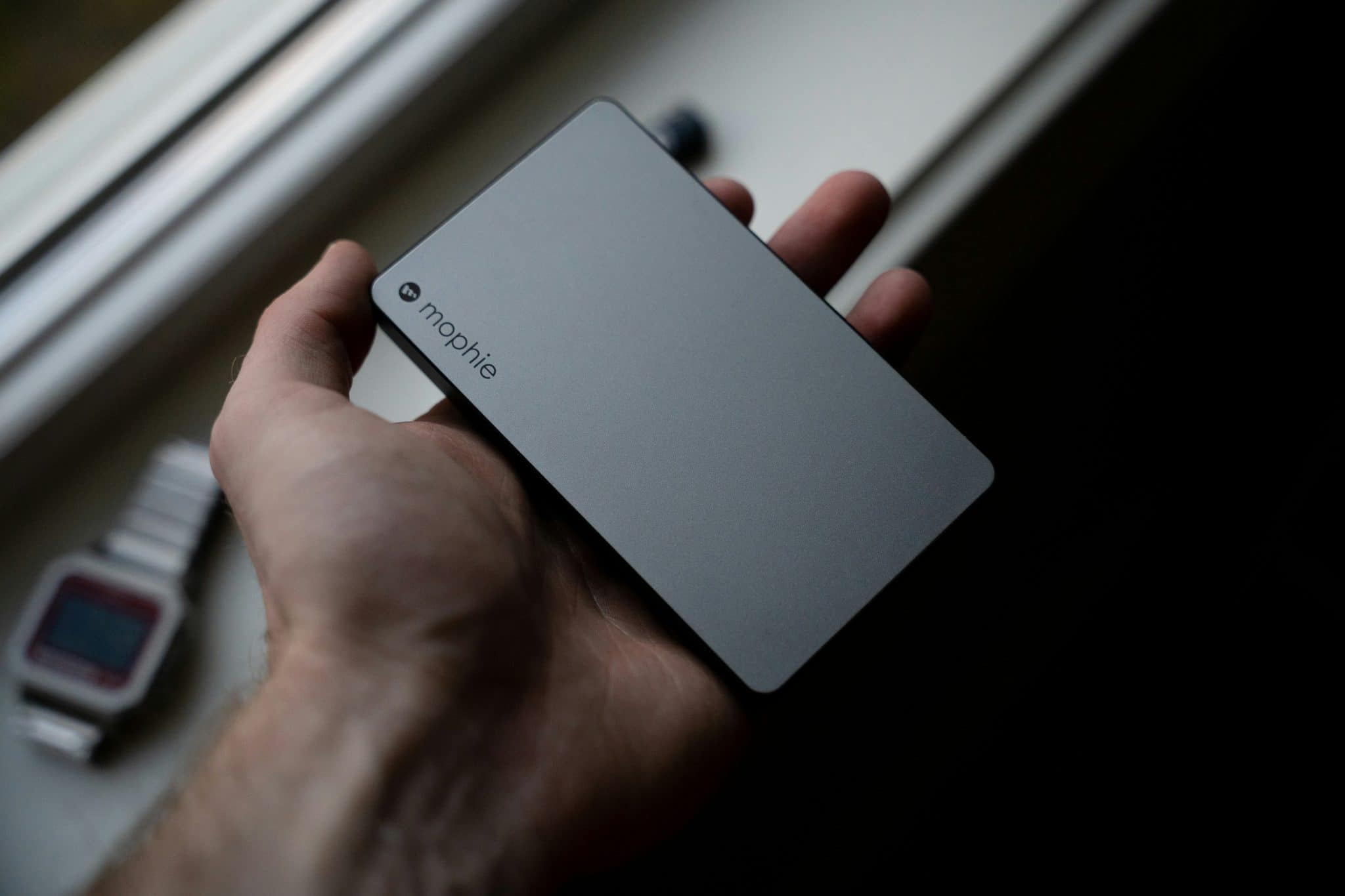Foldable smartphones pushing the boundaries of design
Foldable smartphones have quickly become one of the most talked-about and sought-after gadgets in the tech industry. These innovative devices have pushed the boundaries of design and have captured the attention of consumers and tech enthusiasts alike. With their unique folding displays and sleek designs, foldable smartphones are truly reshaping the way we think about smartphones.
The Rise of Foldable Smartphones
The idea of a foldable smartphone has been in the works for years, with many tech companies attempting to bring this concept to life. However, it wasn’t until recently that we saw the first foldable smartphone hit the market. In 2019, Samsung released the Galaxy Fold, followed by the Huawei Mate X and the Motorola Razr.
These devices were met with excitement and skepticism from consumers. Many were intrigued by the concept and the potential it held for the future of smartphones, while others questioned the practicality and durability of foldable smartphones.
A New Era in Smartphone Design
The emergence of foldable smartphones has brought about a new era in smartphone design. These devices are not only larger in size when unfolded, but they also have a unique folding mechanism that allows them to transform into a more compact and portable form.
This innovative design has opened up a whole new world of possibilities for smartphone manufacturers. With foldable smartphones, they can now offer larger displays without sacrificing portability. Users can have the best of both worlds – a large screen for work and entertainment, and a compact device for on-the-go use.
The Challenge of Designing Foldable Smartphones
However, with this new design also comes a new set of challenges for smartphone manufacturers. The biggest challenge being the durability and reliability of the folding mechanism.
Creating a folding display that can withstand frequent folding and unfolding without compromising the display quality and functionality is no easy feat. The technology used in foldable displays is still in its early stages, and companies are constantly working to improve it.
Another challenge is finding the right balance between the size and weight of the device. Foldable smartphones are generally heavier than traditional smartphones due to the additional components required for the folding mechanism. Manufacturers need to find a way to make these devices lightweight without compromising on durability and functionality.
The Future of Foldable Smartphones
Despite the challenges, the future looks bright for foldable smartphones. Many experts believe that these devices will become mainstream in the next few years as technology continues to advance.
In fact, we are already seeing new and improved foldable smartphones hitting the market. The Samsung Galaxy Z Fold 2, for instance, boasts a more durable folding mechanism and a larger screen compared to its predecessor. Other brands such as Xiaomi and LG are also working on their own versions of foldable smartphones.
With the continuous improvements in technology, we can expect to see more innovative designs and features in foldable smartphones in the future. These devices will not only change the way we use and think about smartphones but also open up a whole new world of possibilities for other industries such as gaming and productivity.
The Verdict
Foldable smartphones have certainly pushed the boundaries of design in the smartphone industry. They offer a unique and futuristic approach to traditional smartphones, with the potential to revolutionize the way we use and interact with our devices.
Although there are still some challenges to overcome, the continuous advancements in technology and the eagerness of consumers to embrace new technology make it clear that foldable smartphones are here to stay.
The future holds an exciting journey for foldable smartphones, and we can’t wait to see where this innovative technology takes us next.










